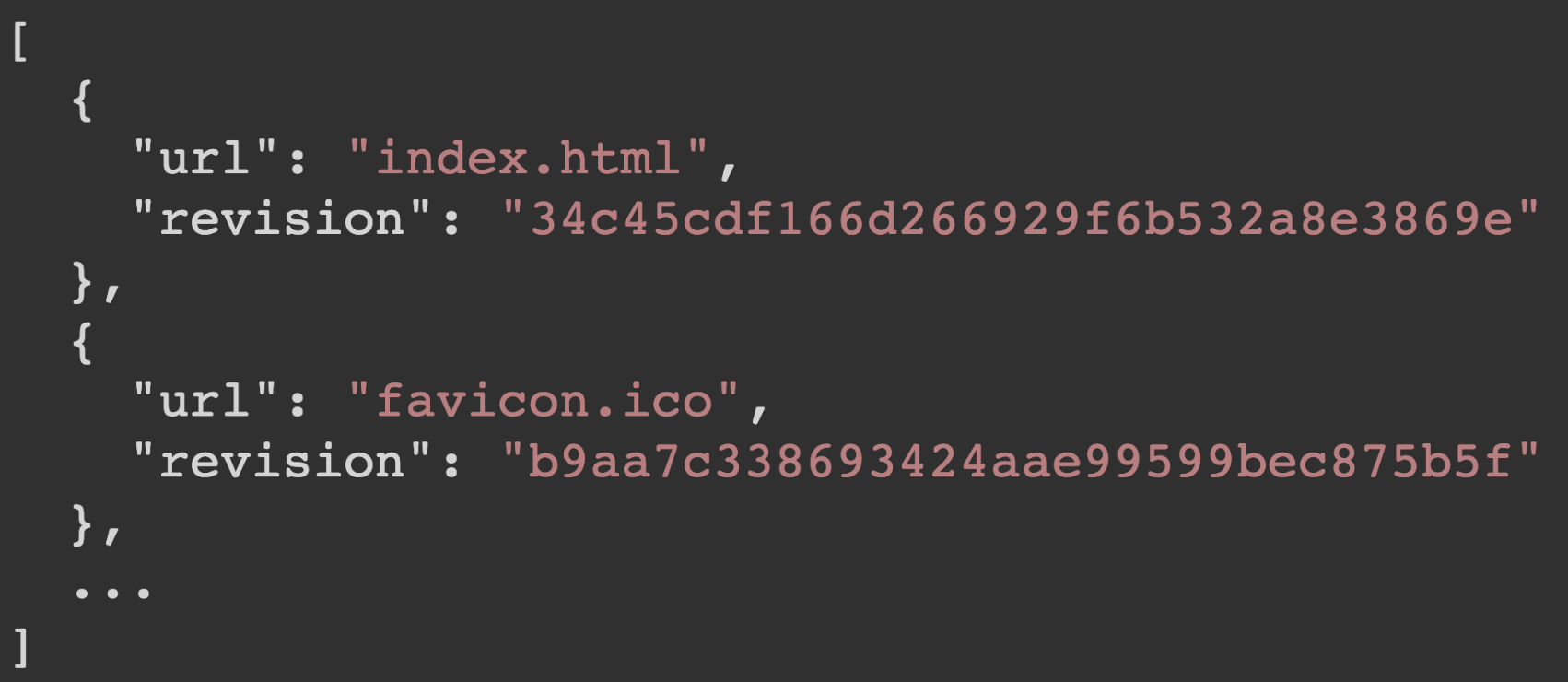Maxim Salnikov
Webアプリをオフラインに
(いい意味で)
マキシム サルニコフ
@webmaxru
Taking your web app offline (in a good sense)
What is an offline-ready web application
And how to build it today
Maxim Salnikov
-
PWAConf (London, April 19) igniter
-
PWA Oslo / PWA London meetups organizer
-
ngVikings / Mobile Era conferences organizer
-
Google Dev Expert in Web Technologies

Developer Audience Lead at Microsoft


Web as an app platform is amazing
Browsers
-
Almost on every device with UI
-
Evergreen
-
APIs to access device hardware
Web as an app platform is amazing
JavaScript
Browsers
-
Versatile language
-
Powerful tooling
-
Evolving in a smart way
Web as an app platform is amazing
JavaScript
JS Engines
Browsers
-
Focus on the performance
-
Embedding possibilities
Web as an app platform is amazing
JavaScript
JS Engines
UI Layer
Browsers
-
Convenient tools to build responsive UIs
-
Focus on accessibility
-
Variety of high-quality components and libraries
Web as an app platform is amazing
Community
JavaScript
JS Engines
UI Layer
Browsers

69.7%
Web as an app platform is amazing
Community
JavaScript
JS Engines
UI Layer
Browsers
Issues?

Historically depends on the "connection status"

Solutions
Caching
Installing
-
HTTP Cache?
-
AppCache
-
Save page as... (complete)
-
Chrome Apps
-
Electron
-
NativeScript, React Native
What is PWA at all?
Progressive web apps use modern web APIs along with traditional progressive enhancement strategy to create cross-platform web applications.
These apps work everywhere and provide several features that give them the same user experience advantages as native apps.

works everywhere*
* but not everything**

natively
** use progressive enhancement strategy
Proper offline-ready web app
-
App itself
-
Online runtime data
-
Offline runtime data
-
Connection failures
-
Updates
-
Platform features
-
Always available
-
Thoughtfully collected
-
Safely preserved
-
Do not break the flow
-
Both explicit and implicit
-
For the win!
While keeping its web nature!
Application UI
Let's build an App shell
My App
-
Define assets
-
Put in the cache
-
Serve from the cache
-
Manage versions
}
Service worker
Logically
Physically
-file(s)
App
Service worker
Browser/OS

Event-driven worker
Cache
fetch
push
sync
Own service worker
self.addEventListener('install', event => {
// Use Cache API to cache html/js/css
})
self.addEventListener('activate', event => {
// Clean the cache from the obsolete versions
})
self.addEventListener('fetch', event => {
// Serve assets from cache or network
})handmade-service-worker.js
It's only partially a joke

Because...
Redirects?
Fallbacks?
Opaque response?
Versioning?
Cache invalidation?
Spec updates?
Cache storage space?
Variable asset names?
Feature detection?
Minimal required cache update?
Caching strategies?
Routing?
Fine-grained settings?
Kill switch?
I see the old version!!!

-
Define assets
-
Put in the cache
-
Serve from the cache
-
Manage versions
}
Is there a helper?
While having our own service worker

-
Application shell
-
Runtime caching
-
Replaying failed network requests
-
Offline Google Analytics
-
Broadcasting updates
# Installing the Workbox Node module
$ npm install workbox-build --save-devConfiguration
// Sample configuration with the basic options
var workboxConfig = {
globDirectory: 'dist/',
globPatterns: [
'**/*.{txt,png,ico,html,js,json,css}'
],
swSrc: 'src/workbox-service-worker.js',
swDest: 'dist/sw.js'
}
workbox-build.js
Source service worker
// Importing Workbox itself from Google CDN
importScripts('https://googleapis.com/.../workbox-sw.js');
// Precaching and setting up the routing
workbox.precaching.precacheAndRoute(self.__WB_MANIFEST)
src/workbox-service-worker.js

Caching, serving, managing versions
Build service worker
// We will use injectManifest mode
const {injectManifest} = require('workbox-build')
// Sample configuration with the basic options
var workboxConfig = {...}
// Calling the method and output the result
injectManifest(workboxConfig).then(({count, size}) => {
console.log(`Generated ${workboxConfig.swDest},
which will precache ${count} files, ${size} bytes.`)
})workbox-build.js
Build flow integration
{
"scripts": {
"build-pwa": "npm run build-app &&
node workbox-build.js"
}
}package.json
Runtime application data
Intercepting requests
self.addEventListener('fetch', event => {
if (event.request.url.indexOf('/api/breakingnews') != -1) {
event.respondWith(
// Network-First Strategy
)
} else if (event.request.url.indexOf('/api/archive') != -1 {
event.respondWith(
// Cache-First Strategy
)
}
})handmade-service-worker.js
Routes and strategies
workbox.routing.registerRoute(
new RegExp('/api/breakingnews'),
new workbox.strategies.NetworkFirst()
);src/workbox-service-worker.js
workbox.routing.registerRoute(
new RegExp('/api/archive'),
new workbox.strategies.CacheFirst({
plugins: [...]
})
);Strategies
-
CacheFirst
-
CacheOnly
-
NetworkFirst
-
NetworkOnly
-
StaleWhileRevalidate
Plugins
-
Expiration
-
CacheableResponse
-
BroadcastUpdate
-
BackgroundSync
-
...your own plugin?
Save and sync offline actions
Background sync
-
One-off event for offline -> online
-
No active app tab required
navigator.serviceWorker.ready.then( swRegistration => {
return swRegistration.sync.register('postTweet');
});main.js
self.addEventListener('sync', event => {
if (event.tag == 'postTweet') {
event.waitUntil(
// Do useful things...
);
}
});handmade-service-worker.js
const postTweetPlugin =
new workbox.backgroundSync.Plugin('tweetsQueue', {
maxRetentionTime: 24 * 60 // Max retry period
})src/workbox-service-worker.js
workbox.routing.registerRoute(
/(http[s]?:\/\/)?([^\/\s]+\/)post-tweet/,
new workbox.strategies.NetworkOnly({
plugins: [postTweetPlugin]
}),
'POST'
)Schedule your updates
Periodic background sync
-
Like a "Cron" in the browser
-
Connection independent
-
Cadence set by the developer
-
Another API for that
-
Works only online
-
Browser decides
const registration = await navigator.serviceWorker.ready;
if ('periodicSync' in registration) {
try {
registration.periodicSync.register('refreshTweets', {
// An interval of one day.
minInterval: 24 * 60 * 60 * 1000,
});
} catch (error) {
// PBS cannot be used.
}
}main.js
self.addEventListener('periodicsync', (event) => {
if (event.tag === 'refreshTweets') {
event.waitUntil(
// [Maybe] Do the job
);
}
});src/service-worker.js
-
Network connection type?
-
Data saver mode?
-
Available storage space?
Features flying soon

More than 100 new APIs

-
Full-fledged application platform
-
Offline-ready mechanisms are in production
-
Awesome tools are available
-
User experience & security is the key
And this is just the beginning!
Web platform today
-
2000+ developers
-
Major browsers/frameworks/libs reps
Thank you!
Maxim Salnikov
@webmaxru
Maxim Salnikov
@webmaxru